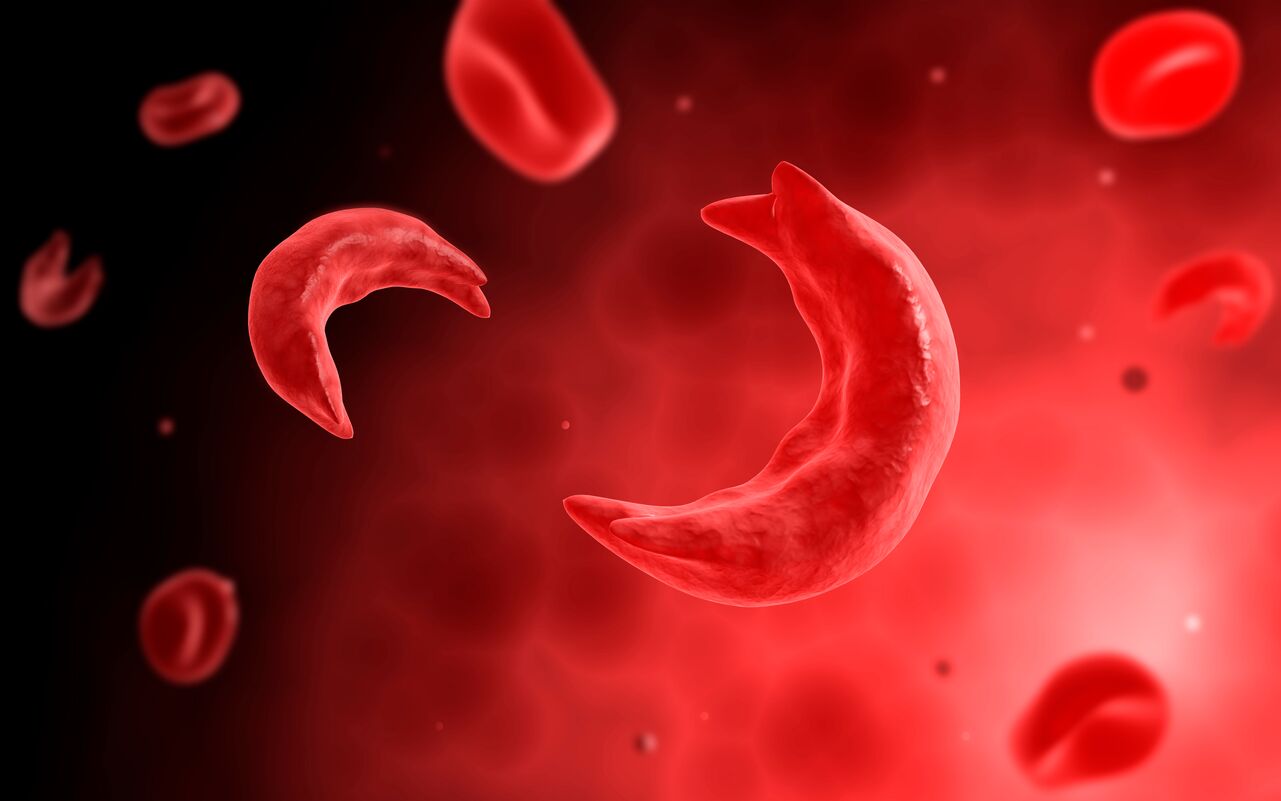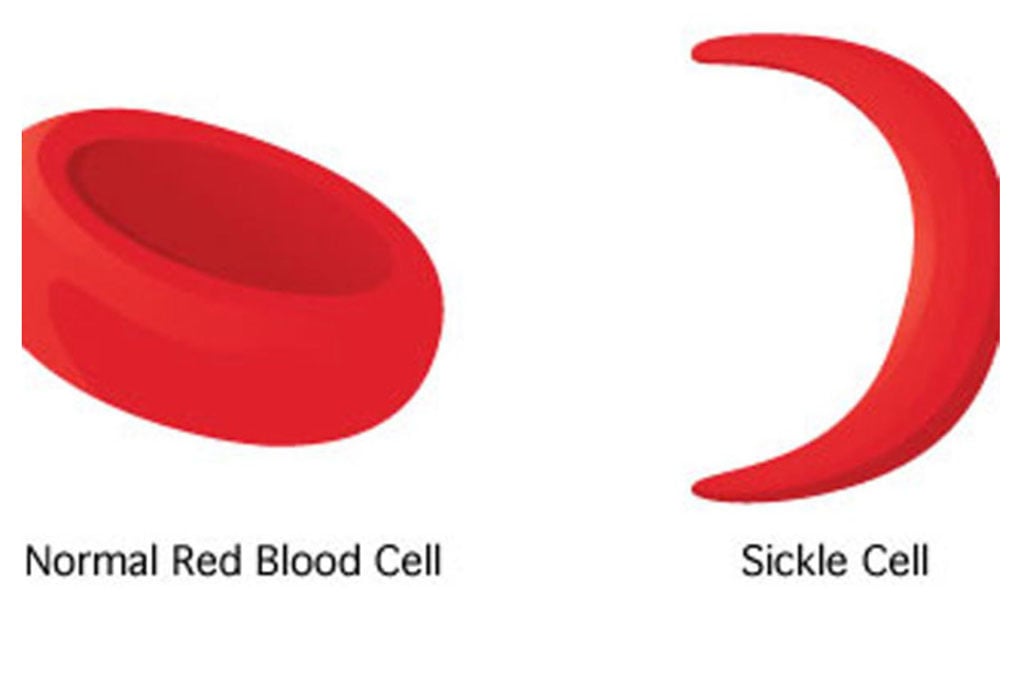Ask the doctor: Can diet alone provide relief for a sickle cell disease patient?

What you need to know:
- Taking vegetables or even beetroot may be healthy but to treat anaemia in one suffering from sickle cell anaemia, a doctor should always be consulted since there are other treatments given to a person with sickle cell anaemia whether one is feeling well or not.
My brother, who has sickle cell anaemia does not take any medication apart from eating healthy foods such as fruits and vegetables, especially amaranth (buga). Is this sufficient? Solo
Dear Solo,
Sickle cell anaemia occurs when the red blood cells, under conditions of low oxygen, change into a sickle shape hence trapping each other. This then restricts the flow of blood to some parts of the body, leading to pain. Also, the abnormal cells will get broken down earlier, leading to anaemia.
In cases of sickle cell anaemia, folic acid, which is also found in leafy plant foods is given to help keep pace with the blood destruction but in severe cases of anaemia, a blood transfusion may be necessary.
Ugandans will eat everything red thinking it replenishes blood. In this case, amaranth (doodo) or beet root are taken not because they offer some needed folic acid (which is meagre in amounts) and iron (which is not needed) but because of the colour which is due to betalain pigments, a semblance with blood.
Taking vegetables or even beetroot may be healthy but to treat anaemia in one suffering from sickle cell anaemia, a doctor should always be consulted since there are other treatments given to a person with sickle cell anaemia whether one is feeling well or not. These include special immunisations which will protect the patient from serious medical conditions.
Why do I wake up with white foam on my cheeks?
Every morning, I wake up with white foam on my cheeks referred to as bigonero in my language. I have stopped taking milk and porridge to no avail. What could be the cause? Musa
Dear Musa,
Bigonero (ngeregeze in Luganda) are called thus because they are thought to be related to night snoring. The mouth produces saliva all the time and when we have problems swallowing it, it flows out of the mouth onto the cheeks. Saliva is not just water but contains substances such as mucus, which when dry look like snail tracks on the cheeks.
When asleep, much as we make minimal amounts of saliva, this saliva may not be properly swallowed. This leads to saliva accumulating in the mouth with some of it coming out through the lips and flowing out of the mouth leading to snail tracks on the cheeks when the saliva dries up before we wake up.
People who sleep with their mouth open are more prone to bigonero since one cannot swallow saliva when the mouth is open.
Much as bigonero could be embarrassing, they are not a medical condition requiring medical attention, though if associated with snoring, the snoring requires proper medical attention.
Also, if associated with a stuffy nose, the stuffiness should be addressed just as conditions such as tonsillar enlargement that lead to difficulty swallowing.




